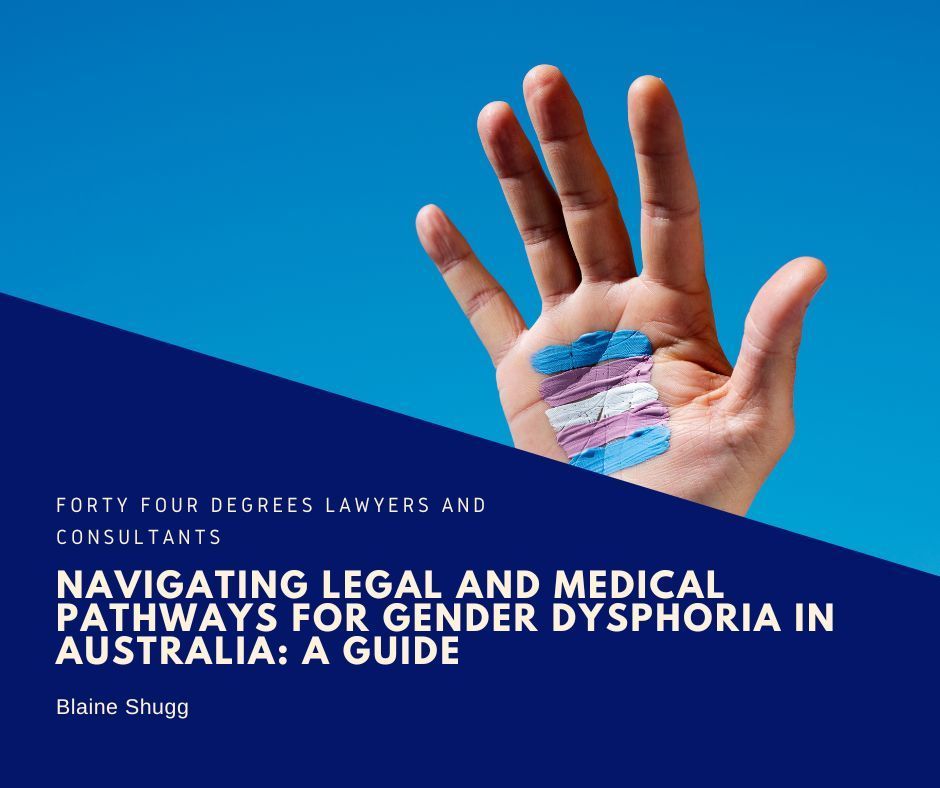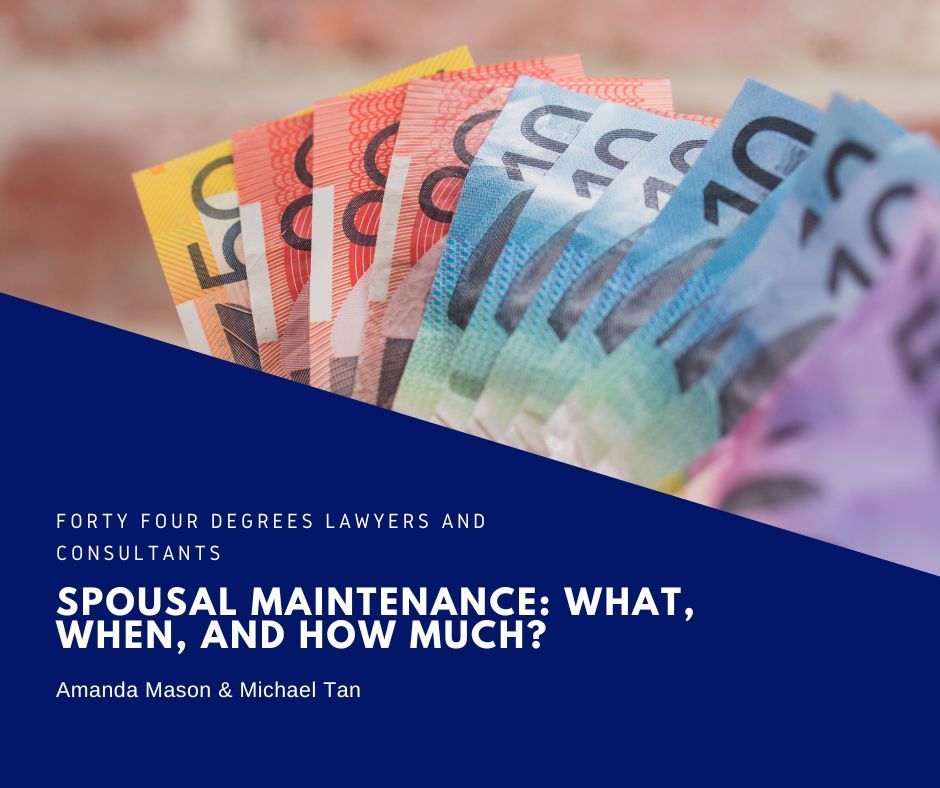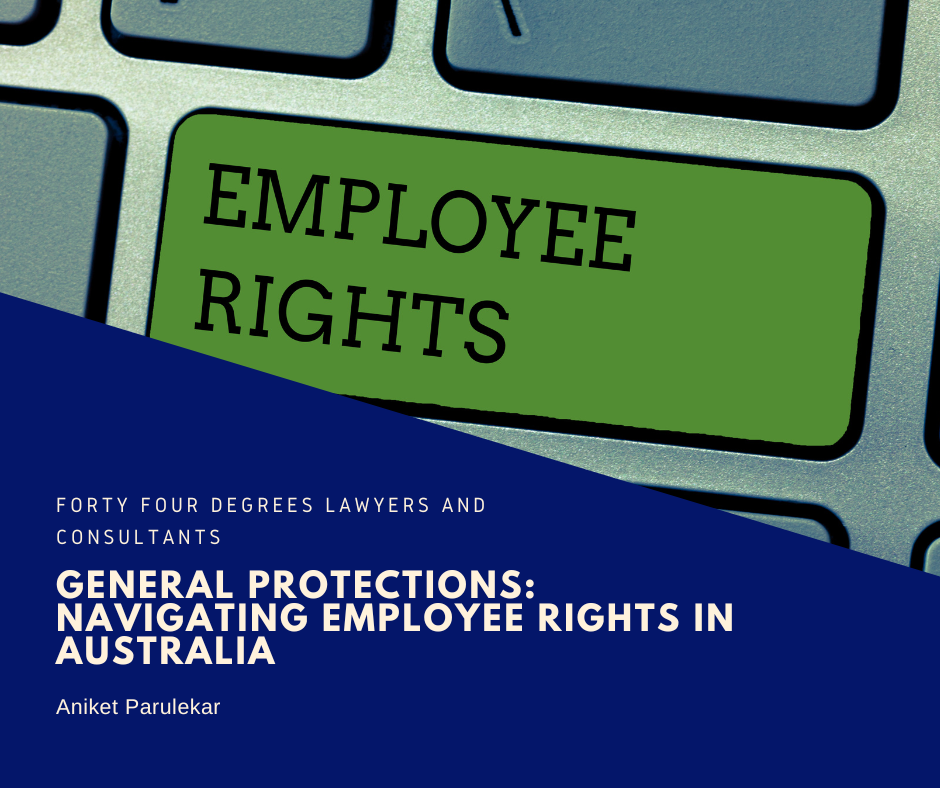2018 changes to Trademarks
Hana Lee and Lewis Wolfe • Jun 14, 2020
Parallel imports in trademarks law – what is it and how does it work?

Introduction:
The Intellectual Property Laws Amendment (Productivity Commission Response Part 1 and Other Measures) Act 2018
included a change to the Trade Marks Act 1995 (Cth) that appears minor on paper, but has major implications in practice.
In order to discuss these implications, we first must briefly examine some key concepts.
What is a trade mark?
A trade mark is an identifier of your individual product or service. Often times, it is your logo but it does not need to be. It might be a letter, number, word, phrase, sound, smell, shape, logo, picture, movement, aspect of packaging, or any combination of these elements. Trade marks allow your products or services to be distinguishable from those of your competitors, and registering your mark can allow you to more easily take legal action to prevent others from using it.
The law surrounding trade marks is not consistent globally, with Australian registered trade marks only providing protection within Australia. In order to be protected in other countries, you would need to directly file in those countries or use the World Intellectual Property Organization filing process to protect your trade mark in signatories to the Madrid System. Simply put, filing in Australia does not necessarily protect your trade mark in another country, and vice-versa.
First to file versus first to use?
One of the major differences in trade mark laws between different countries is whether they use a “first to file” or “first to use” system. A first to file system, such as that of the European Union, establishes that the business whose trade mark application has the earliest filing date will have the right to use the particular trade mark. In a first to use system, such as Australia or the USA, it is the business who was the first to use the trade mark that will have priority for the right to the particular trade mark, even if another business beats them to registering the trade mark.
It is clear from the above information that it can be complicated to own trade marks in multiple countries at the same time. One of the methods by which trade mark owners have historically retained trade mark control while having a global presence is through licensing agreements allowing overseas entities to use the trade mark for certain goods, although the use might be limited to certain geographical areas.
Parallel imports
One of the effects of such a system is that a business might purchase genuine goods abroad from a licensed seller and import them for sale in in Australia without the authorisation of the Australian trade mark owner. Trade marks are, in Australian law, certifications of origin rather than control and therefore the importer could rely on something called the ‘parallel importation defence’.
Prior to the 2018 amendment, section 123(1) of the Trade Marks Act 1995
allowed a parallel importer to rely on this defence if they could demonstrate that the trade mark had been applied to the goods with the consent of the owner of the registered trade mark. The law as it stood did not allow this defence to apply if the imported goods were purchased from a supplier whose licensing agreement had geographical limitations on the licensed use of the trade mark. Parallel importers therefore needed to be mindful about what restrictions were placed on that trade mark’s use to avoid trade mark infringement.
The narrow ‘parallel import defence’ allowed businesses to utilise corporate structures and licensing schemes with geographical limitations to ensure that the entity that owned the registered trade mark in Australia was not the same entity selling the products overseas. Consequentially, it was much more difficult for parallel importers to establish consent and avoid trade mark infringement.
What is the state of the law now?
The Intellectual Property Laws Amendment (Productivity Commission Response Part 1 and Other Measures) Act 2018 had the effect of repealing section 123(1) of the Trade Marks Act 1995 and inserting a new section 122A, amongst other changes following the Productivity Commission’s major report into the intellectual property regime in Australia. Section 122A expands access to the defence for parallel importers.
Parallel importers they may rely on this defence if they are found to have made ‘reasonable inquiries’ about the trade mark prior to using it, and those reasonable inquiries would have led a reasonable person to conclude that the trade mark had been applied to the goods with the consent of the trade mark owner or authorised user.
Notably, this will include situations where the consent was given subject to limitations such as a geographical constraint. This means that those corporate structures and licensing schemes previously utilised by businesses to prevent parallel importation will now likely have minimal effect.
What does this mean for you?
The takeaway for a trade mark owner is to be careful with your trade marks. Giving consent for use in another country, even when you have made that consent contingent on geographical limitations, may come back to bite you when you expand your business elsewhere. The broadening of the parallel importation defence means that it has become easier for another business to import products you may have licensed for sale abroad and sell them in direct competition with you in Australia. What appears on paper to have been a minor change – deleting one section and inserting another - has wide ranging implications for owners of registered trade marks here in Australia.
If you wish to discuss your trade marks or have any questions regarding their possible vulnerabilities, please don’t hesitate to contact us.
Hana Lee
is a lawyer at Forty Four Degrees focusing on business start ups, transnational advice, technology, and commercial law.
Contact Us
We’re an Australian Law Firm promoting a nuanced, personal touch. We have the skills you need to resolve your case quickly and with a positive outcome. Our straight talking team stays close to simplify what is most often a complicated process. We help individuals and businesses with technology and startup law, property law including conveyancing and leasing, commercial law, civil litigation, wills, estates, bankruptcy, insolvency, criminal law, and professionals facing investigations and charges from their regulatory body.
We have a connected network of talented lawyers in Melbourne CBD, Dandenong, Ballarat, and Ivanhoe East.
Fill out the form or call us on 1300 892 237.
Thank you for contacting us.
We will get back to you as soon as possible
We will get back to you as soon as possible
Oops, there was an error sending your message.
Please try again later or call us on 1300 892 237.
About Us
We do business your way.
203/ 50 Market St, Melbourne VIC 3000
50 Lydiard St South
Ballarat Central VIC 3350










